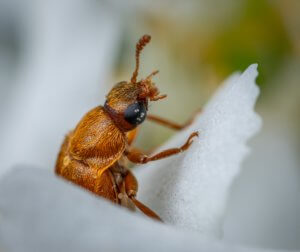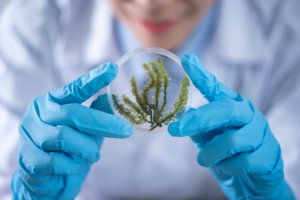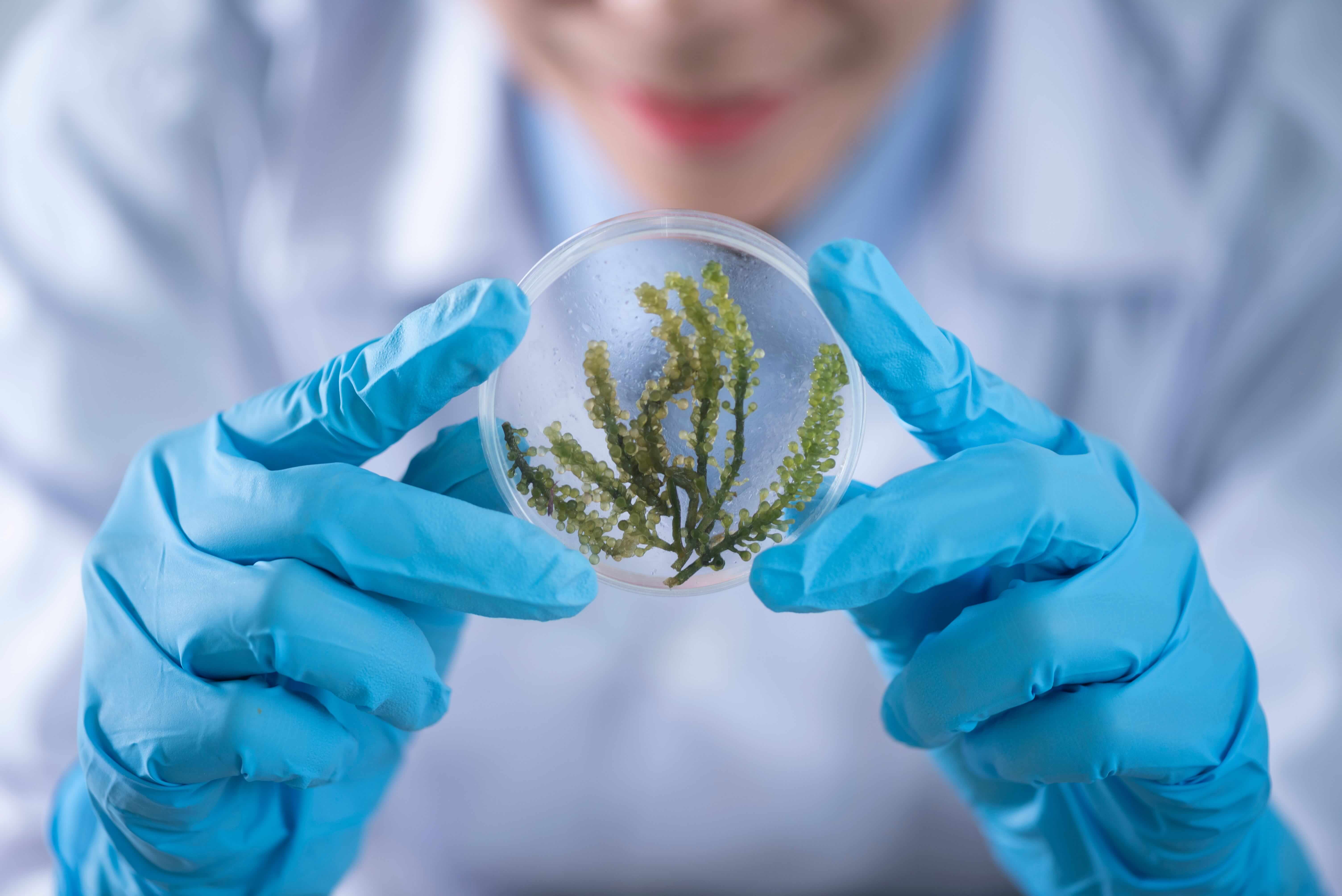
5 wild chemistry science experiments that will blow your mind
Science can be loads of fun. From creating a foamy elephant toothpaste to making a bouncy ball. Check out these 5 wild chemistry science experiments we have compiled. They are sure to blow your mind and leave you asking for more.
Science Experiment with ‘Hot Ice’
Hot ice is an amazing chemical you can prepare yourself. You just need baking soda and vinegar. It involves cooling a solution of sodium acetate below its melting point. This causes the liquid to crystallize. Did you know, baking soda and vinegar react to form sodium acetate and carbon dioxide gas? The crystallization is an exothermic process, so the resulting ice is hot.
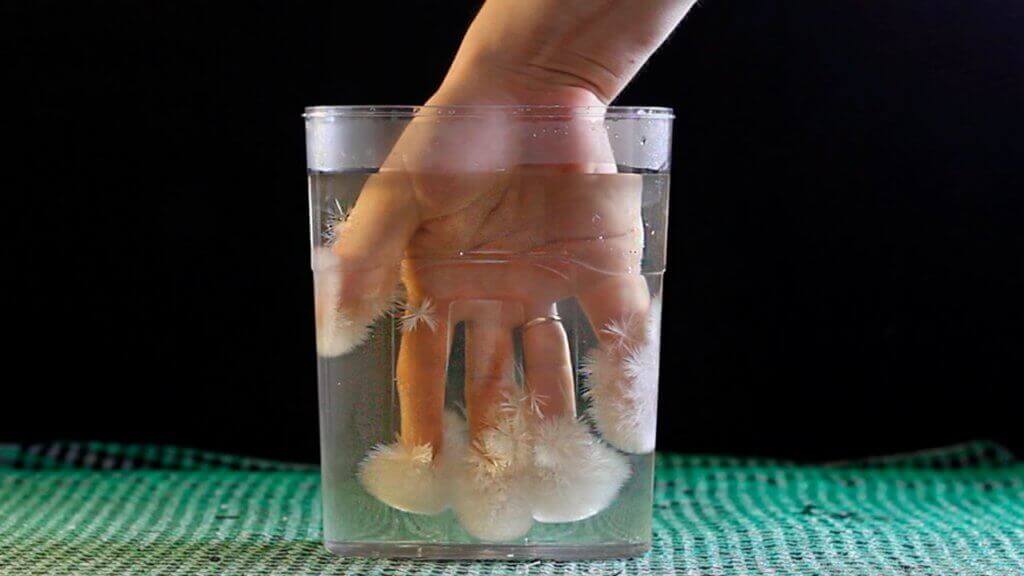
Elephant toothpaste science experiment
Elephant toothpaste is one of the most popular chemistry experiments due to its visual appeal. It involves a steaming tube of foam which then erupts from a container. The activity is called ’Elephant’s Toothpaste’ because the large foam looks like toothpaste that is big enough for an elephant! It is such a fun science experiment that comes together in minutes with just 4 basic ingredients!
How cool is that?
Safety tip:
Because the hydrogen peroxide is a strong oxidizer the demonstration is best performed by a science teacher with chemical experience. It should not be performed by unsupervised children.
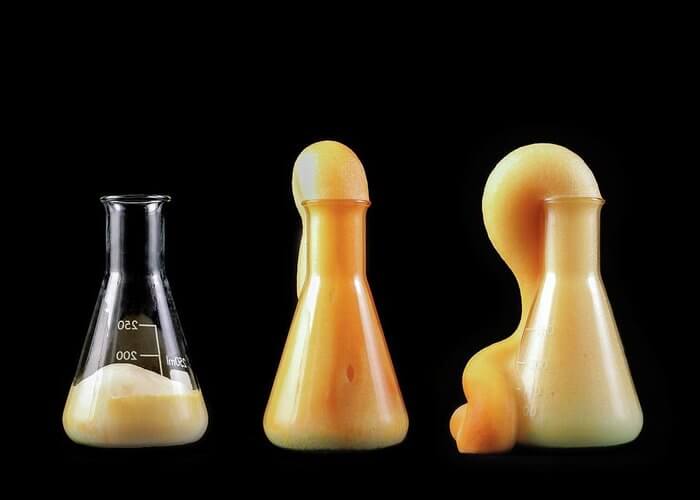
Calcium Gluconate Snake science experiment
How to make snakes from a handful of calcium gluconate tablets?
EASY- All you have to do is light them on fire.
The science behind it, stems from the fact that calcium oxide form when calcium gluconate breaks down as its heated. Calcium oxide, carbon, water vapor and carbon dioxide form. Water vapor and carbon dioxide froth the carbon and calcium oxide, turning them into enormous gray “snakes”.
Safety tip: The experiment must be carried out in a well-ventilated room
Supercool Water
Can water be cooler than ice and still remain a liquid? That’s super cool! The scientific concept behind the phenomenon is known as “supercooling,” and it’s the process of lowering the temperature of a liquid below its normal freezing point, but without it actually freezing. It can be pretty tricky, but you don’t need anything besides a freezer and some water bottles to try it out.
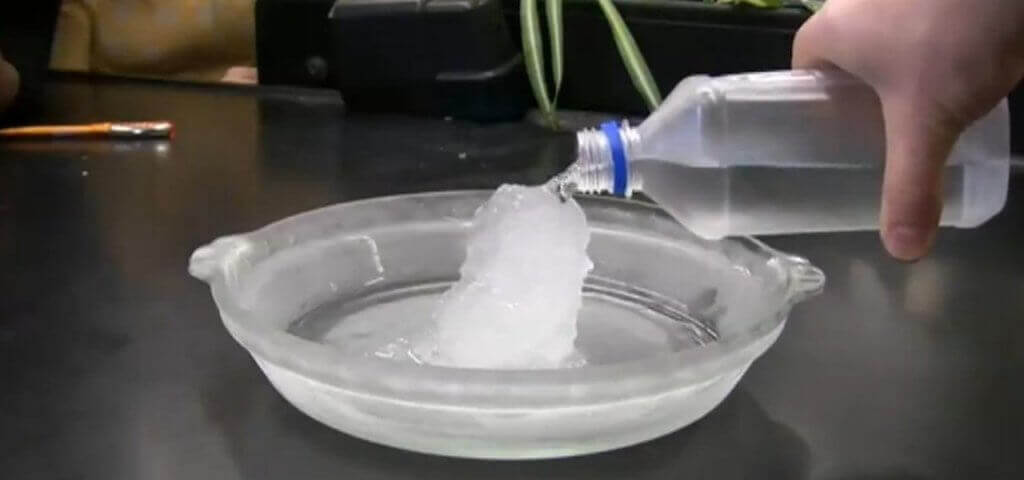
Polymer Bouncy Balls
Use simple chemistry to make your very own polymer bouncy ball with household ingredients. Store-bought bouncy balls are made of rubber, which is also made up of polymers. Instead of rubber, observe how the borax and glue work to bind together. Ask yourself, how will the ball you make react when you throw it against the floor, table or wall? Will it bounce off or just go flat?
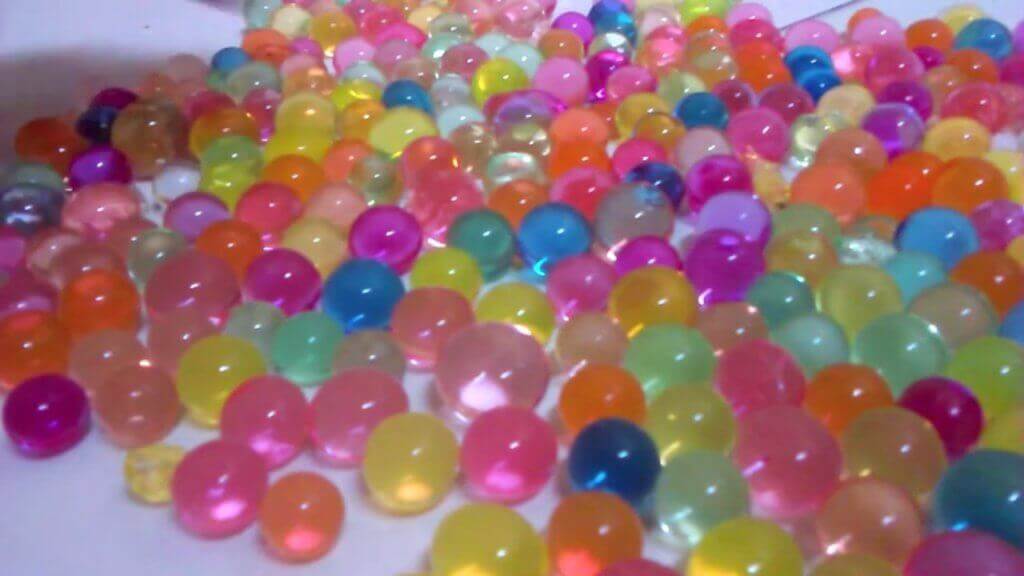
You can also have fun by being part of InquiBox as we explore the theme of fun with chemistry this month. Sign up here.
Extra reading: check out our posts on 10 fascinating science-images and our blog on 11 Prominent mathematicians and their discoveries.




